Wilding Camp in the US
Camping is good for the soul but anybody who is a dedicated camper will tell you the same thing…It can get expensive! Camping in the United States averages $20 to $30 a night, and that’s for basic camping grounds.
Luckily, there is a way to explore the country, soothe your soul, and save your wallet.
Wild camping lets you camp for free and get closer to nature than ever before. But before you dive in, here’s a quick guide on how to wild camp in the United States.
What is Wild Camping?
Unlike regular camping, wild camping takes you away from designated camping zones and straight into the wilderness. It is also known as free camping, boondocking, and dispersed camping.
Instead of sleeping at camping sites where you have to pay, wild camping involves camping on public land, usually national parks, for free.
Without the cover and protection of camping sites, you’ll find yourself having to approach camping very differently than you usually would.
In the USA, you can make use of:
- Bureau Of Land Management Land
- Wildlife Management Areas
- State Forests
- National Grasslands
As a precaution, it’s always a good idea to check with local land authorities if you are allowed to camp in these spots. If the land has a sensitive habitat, you might not be allowed to camp there. You might also need to get a permit to camp at certain parks.
The United States also has stipulations when camping on these lands:
- Do not camp at places with NO CAMPING signs.
- Do not stay more than 2 weeks or 14 days in one dispersed camping spot.
- Do not camp on private property.
- Do not camp near roads (at least 150 feet).
- Do not camp right next to water sources (at least 100 feet).
- When you leave, leave no trace behind.
- If you follow these rules, you can enjoy wild or free camping as much as you want.
5 Best Wild Camping Locations in the US
If you’re keen to get away from the crowds at campsites, here is a list of some of the best spots to wild camp in the United States:
 Sawtooth Mountains
Sawtooth Mountains
This mountain range is part of the Rocky Mountains in central Idaho. Here campers can enjoy scenic views, towering mountain peaks, and Saddleback Lakes.
 Glacier National Park
Glacier National Park
Another range part of the Rocky Mountains, the Glacier National Park sits in Montana and offers over 1,500 square miles of dispersed camping opportunities.
 Yellowstone National Park
Yellowstone National Park
Yellowstone is an internationally recognized national park and one you can enjoy on your terms. You’ll have to get a camping permit that costs around $25 but it will be worth it!

White Mountain National Forest
In New Hampshire and Maine, you can enjoy the White Mountain National Forest. With bright winter foliage and scenic hiking routes, you’ll never be left wanting.

Grand Teton National Park
Grand Teton is a national park in Wyoming and is home to the 4000-meter Grand Teton Peak and Jackson Hole. It’s a great wild camping spot year-round.
4 Top Tips for Wild Camping in the US
Now that you know where to camp for free and what to expect, let’s cover some tips to ensure your camp is a success.
Fire & Water
When it comes to fires, state regulations will differ. If you’re in a place prone to wildfires, don’t start a fire. But even if you aren’t in a place with dry foliage, consult local authorities on fire safety. Remember, an open fire could attract animals like bears.
Water is also scarce so make sure to camp near a water source but stay within state regulations. Keep a water filter handy and prepare to boil drinking and cooking water.
Consider Safety
Because you’re in the wild, it’s important to follow safety tips in the great outdoors. Also, bring a mobile phone and a solar charger for emergencies.
Be Prepared to go Without
Because you’re camping in the wild without the usual amenities that come with camping sites, it’s important to prepare for bare-bones living.
You’ll need to set up a space away from your camp and your water source to safely ‘do your business’. This spot should be at least 60 ft away from any water source.
Lightweight Travel
To keep your camping non-invasive, travel light. Get a small high-quality tent and make sure your camping accessories are necessities and easy to pack.
With these tips, you’ll have a much easier time navigating wild camping. And with less stress, you’ll have more time to enjoy the adventure!


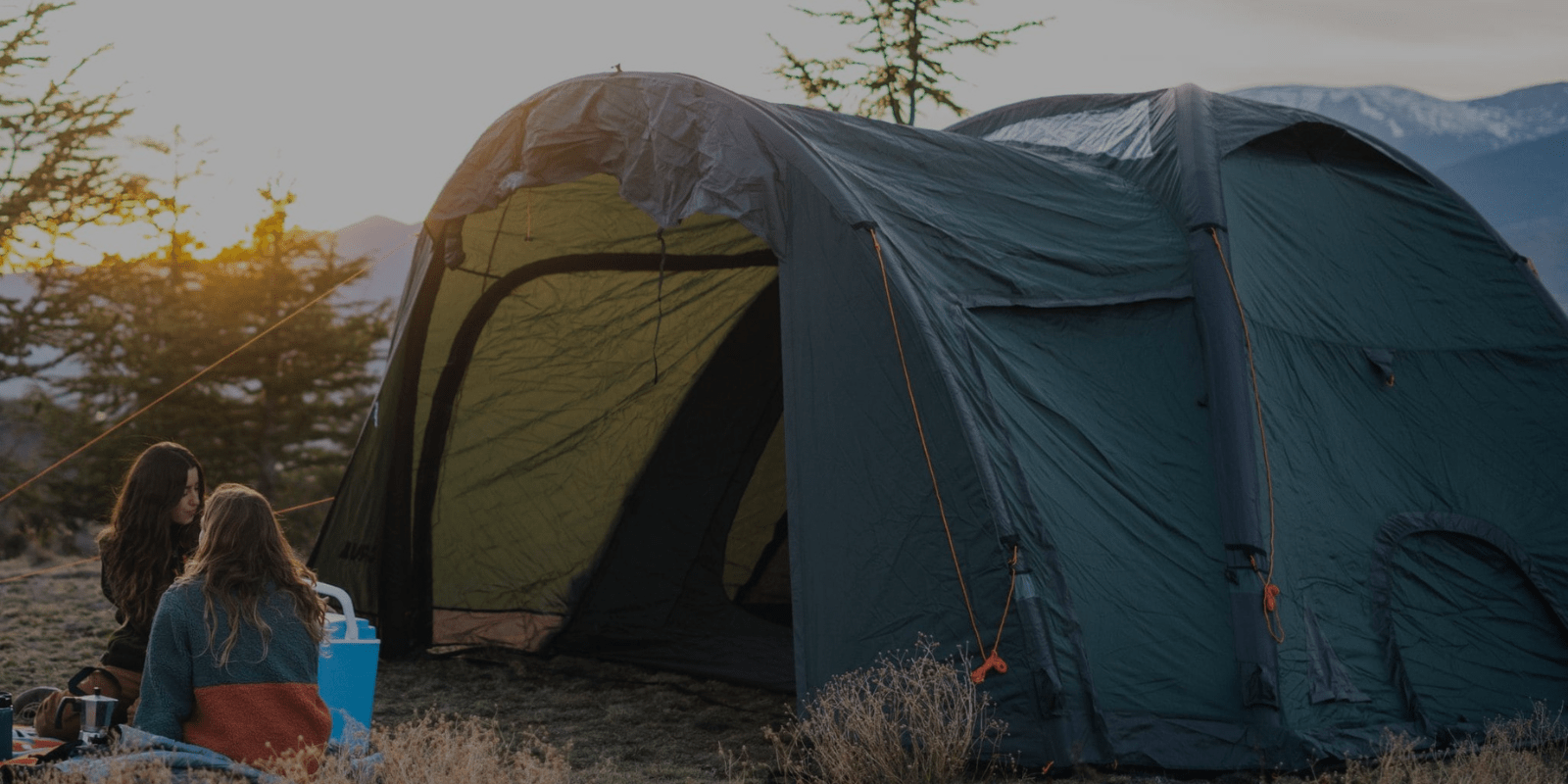
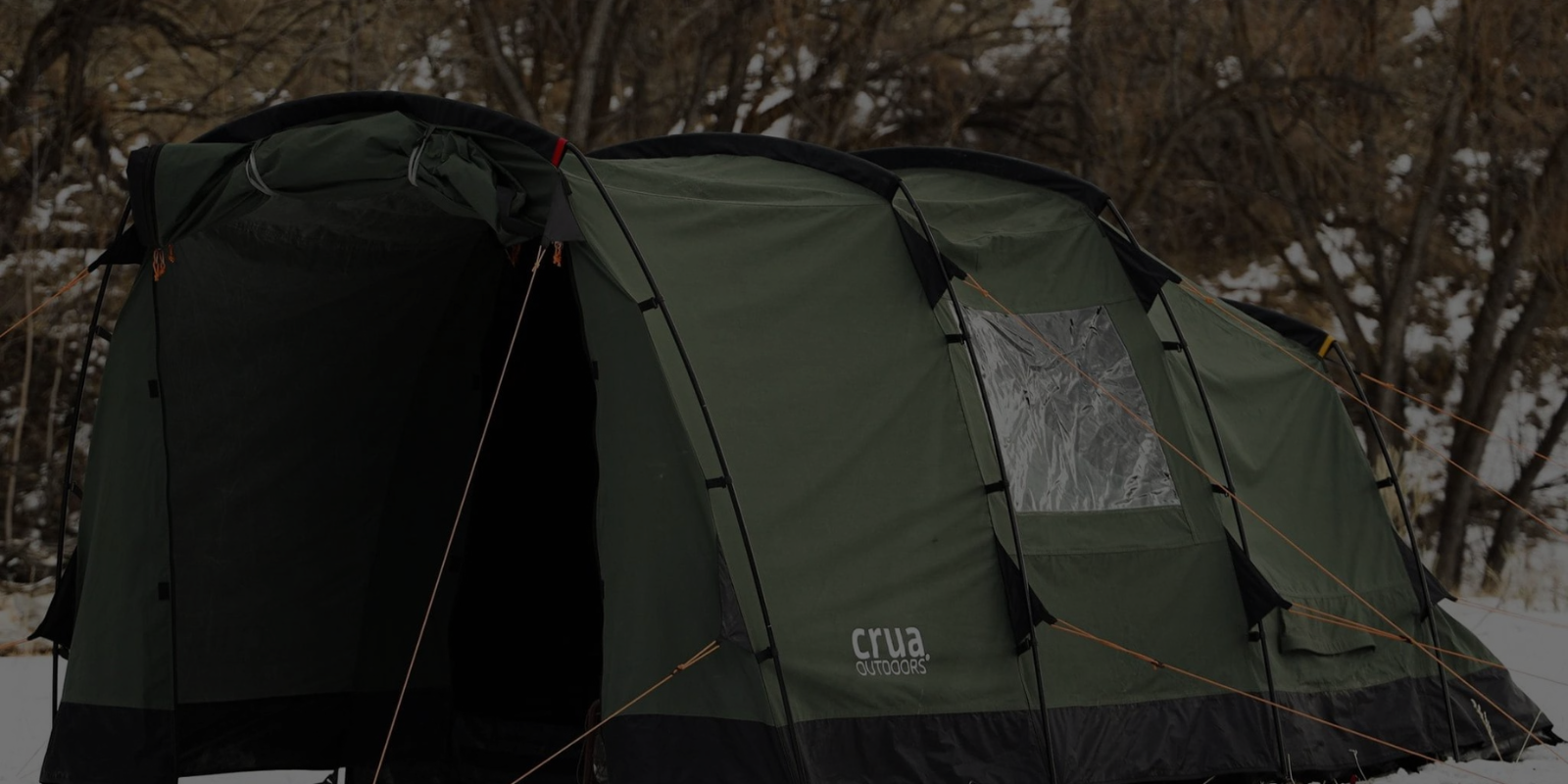


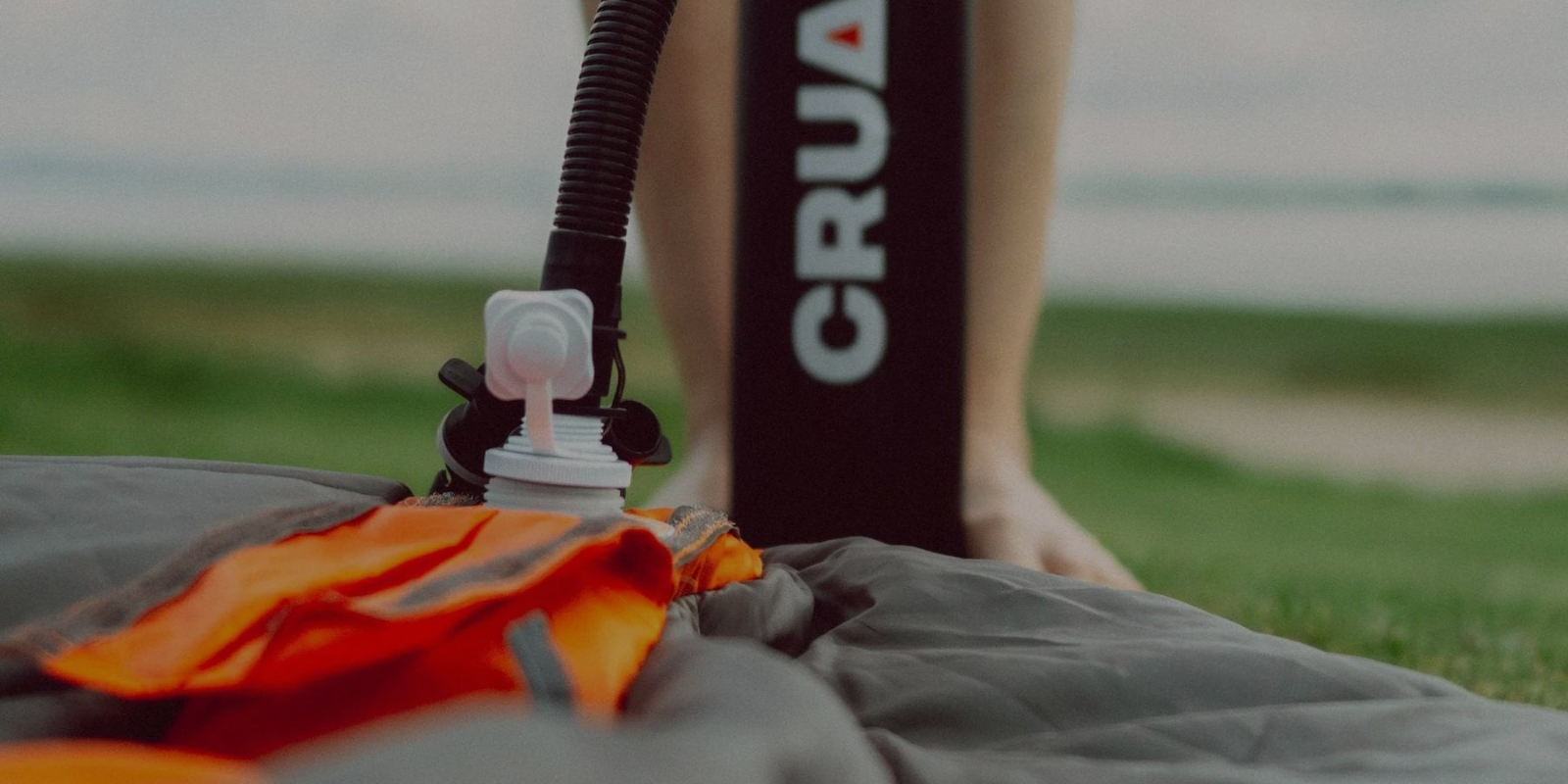
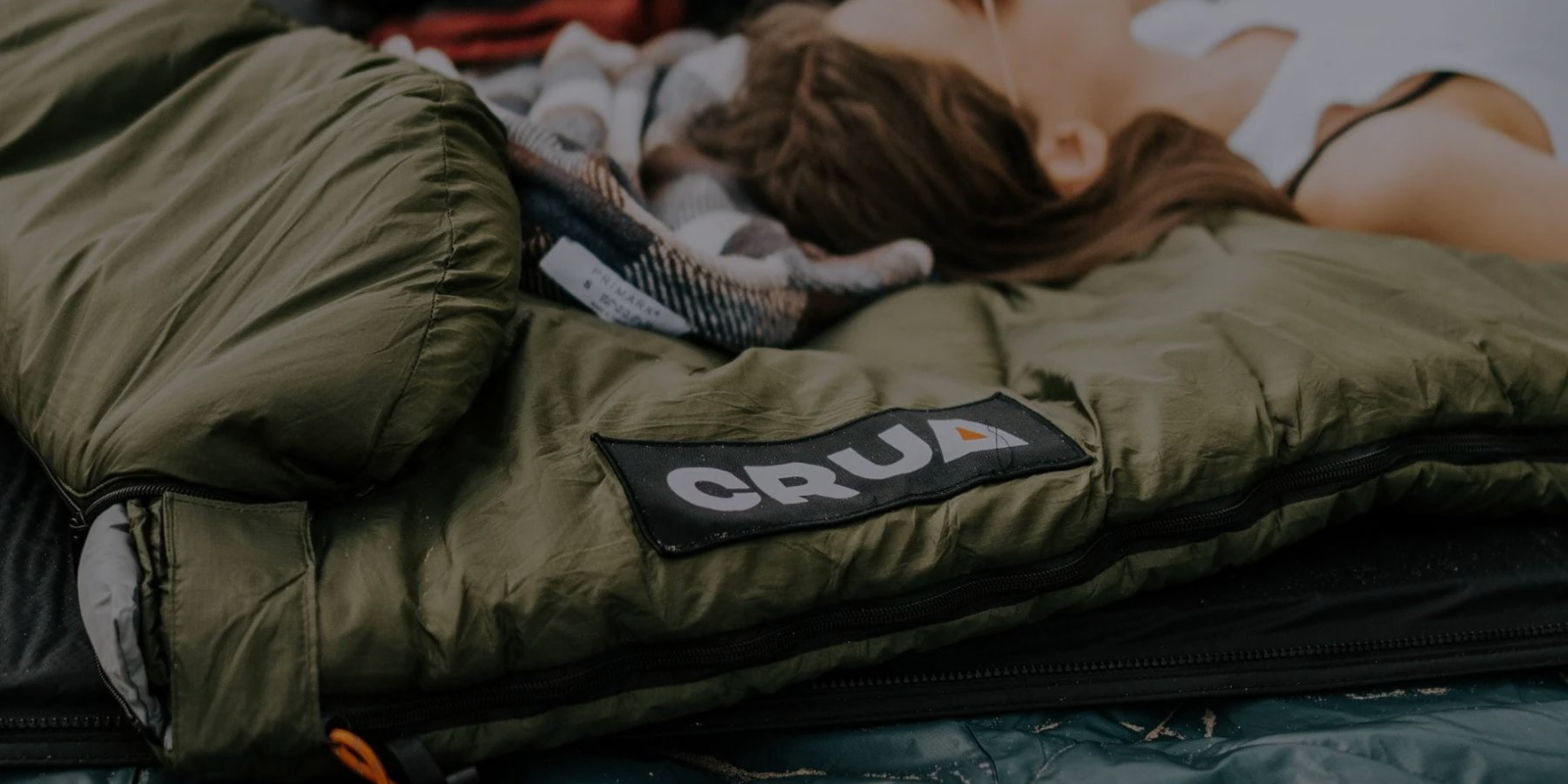

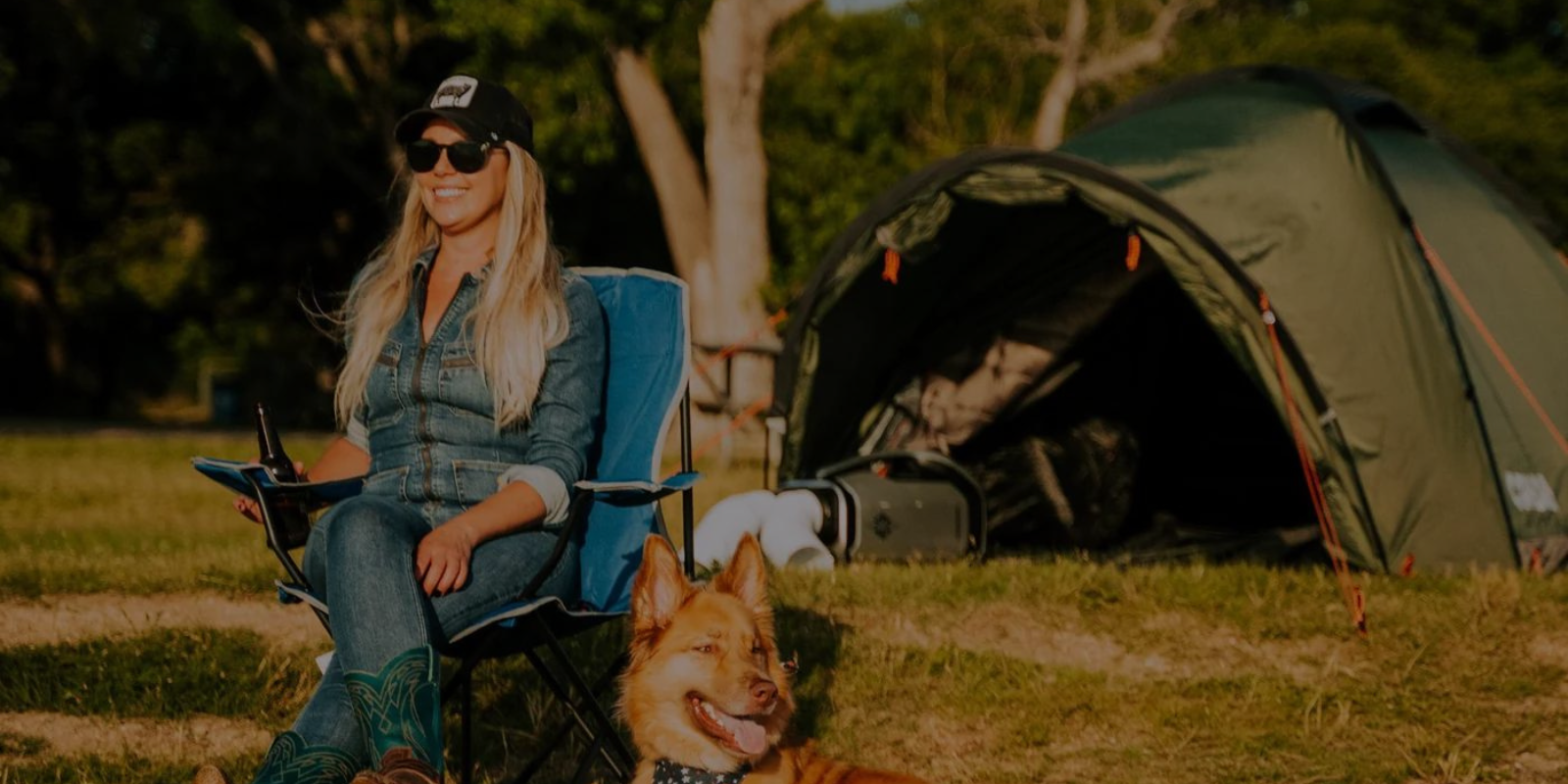
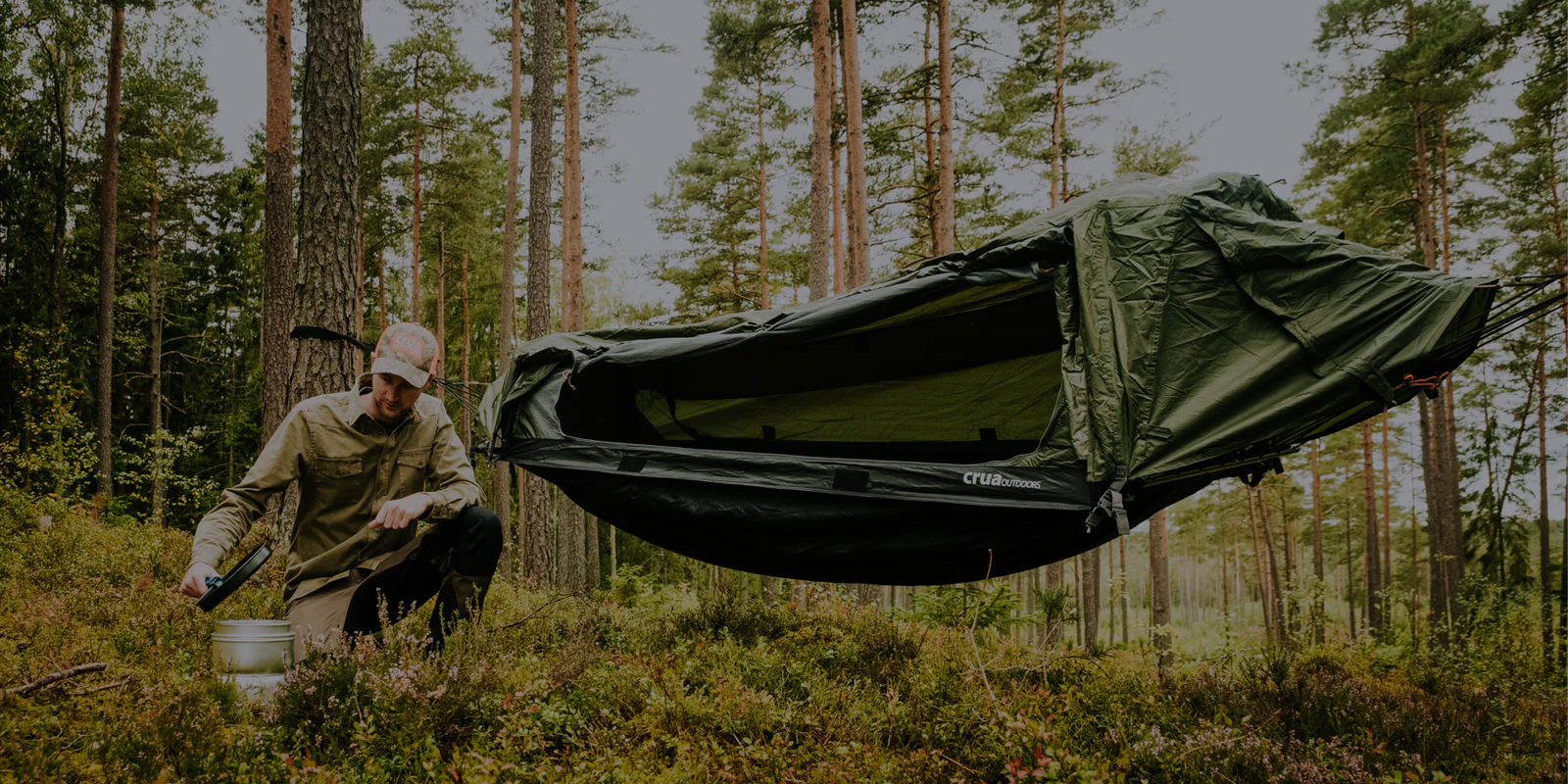
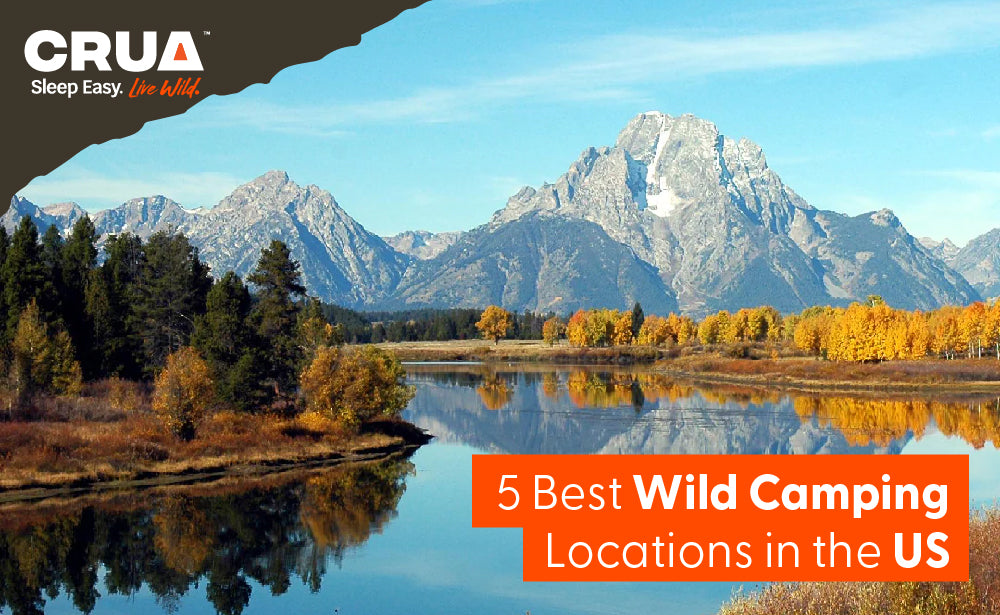
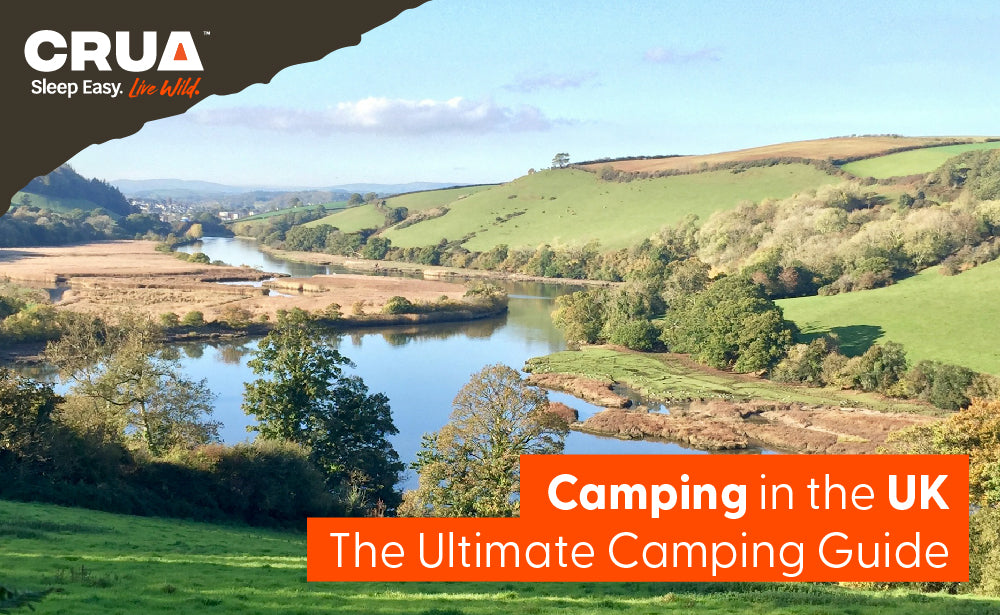
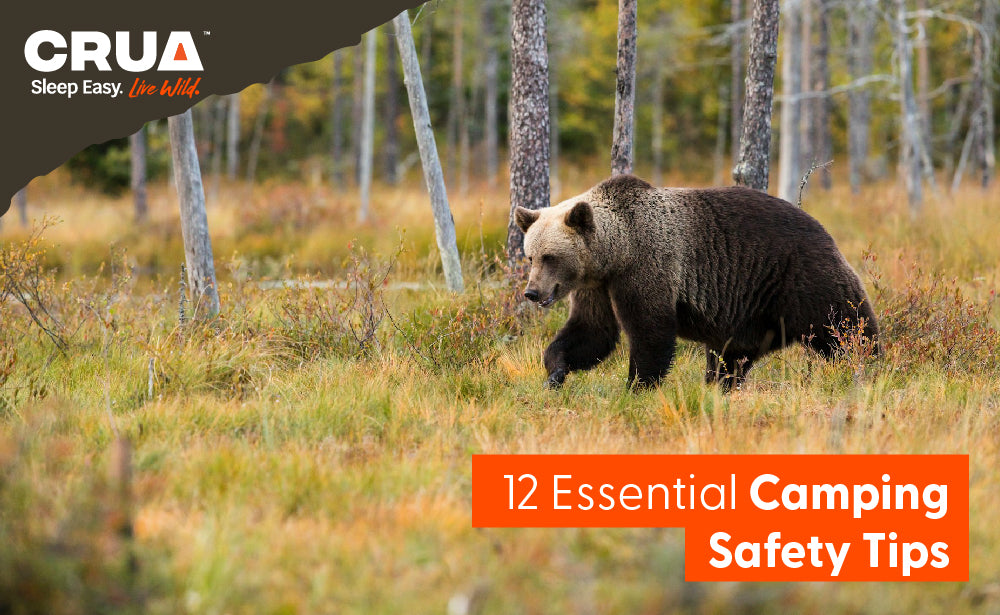
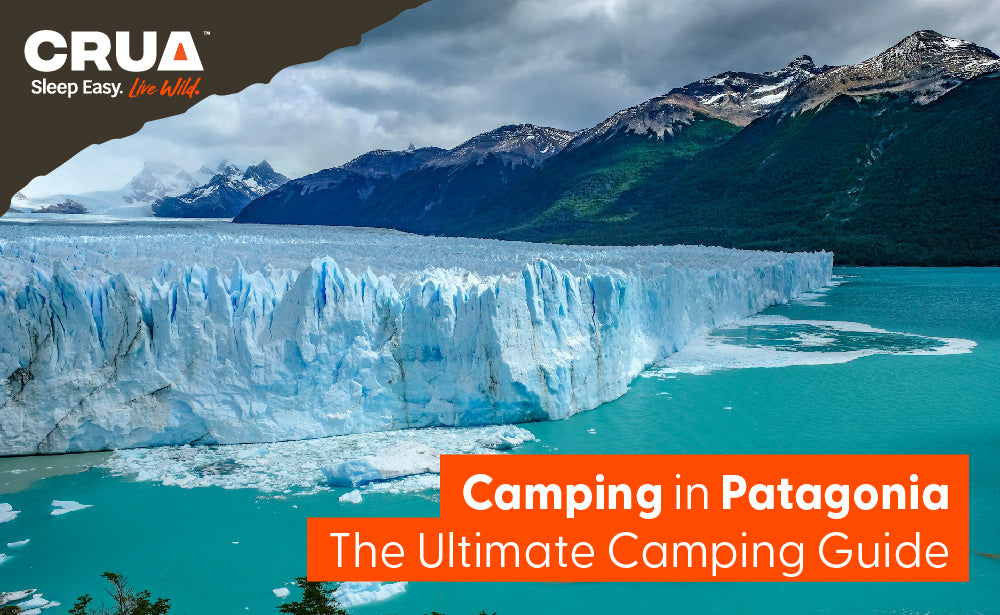
Leave a comment
All comments are moderated before being published.
This site is protected by reCAPTCHA and the Google Privacy Policy and Terms of Service apply.